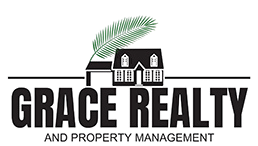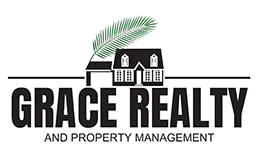In 2025, the housing market is navigating a delicate balance between demand, affordability, and macroeconomic pressures. Among the biggest drivers affecting homebuyers, sellers, and investors is the level of interest rates. In this post, we’ll explore how interest rates are influencing the housing market today, what trends are expected for the rest of 2025, and how you (as a buyer, seller, or investor) can adapt strategically.
1. The Current Interest Rate Environment
- As of October 2025, the average 30-year fixed mortgage rate in the U.S. hovers around 6.30 % (Freddie Mac)
- While this is lower than some peaks seen earlier in the year, it remains significantly above the ultra-low rates seen in the early 2020s
- Forecasts by Fannie Mae suggest mortgage rates may end 2025 at about 6.3 %, and 2026 around 6.2 %. Meanwhile, other institutions expect rates to stay in the “high-6 %” range through the year.
2. Why Interest Rates Matter for the Housing Market
Here are key ways that interest rates influence the housing market:
- Affordability & monthly payments
A higher interest rate means a larger portion of a buyer’s monthly payment goes toward interest rather than principal. This reduces the price range many buyers can realistically afford. Even a half-percentage point increase can add hundreds of dollars monthly on a sizable mortgage. - Demand suppression & “lock-in” effect
Prospective buyers may delay home purchases when financing costs are high. Meanwhile, existing homeowners with lower fixed rates may choose to stay put, rather than trade up or relocate, because moving would force them into paying a higher rate. This reduces turnover and constrains housing supply in the housing market. (J.P. Morgan points to this “lock-in” effect as a major drag on supply in 2025) - Refinancing activity weakens
When rates are relatively elevated, fewer homeowners benefit from refinancing. That reduces one channel of liquidity and switching behavior. - Price growth moderates
With constrained demand, home price appreciation tends to slow. Analysts expect more modest gains in 2025 compared to the rampant growth seen just a few years ago - Investor behavior shifts
In some markets, cash buyers or institutional buyers (who are less sensitive to financing rates) may dominate, squeezing out rate-dependent homebuyers. All-cash purchases continue to play a significant role in 2025’s housing market dynamics.
3. Trends and Forecasts for the Housing Market in 2025
Below are key trends and what to watch:
Additionally, the J.P. Morgan research suggests that until mortgage rates fall closer to 5%, the housing market momentum will remain somewhat muted.
4. What Buyers, Sellers & Investors Should Do
For Homebuyers
- Lock in rates when possible — If rates drop or your credit improves, refinancing later may be viable.
- Consider adjustable-rate or hybrid mortgages — In some markets, these may offer lower initial rates (but with risks).
- Stretch down payments — A larger down payment reduces loan size and interest burden.
- Be flexible on location — In some neighborhoods or regions, the price differential may offset rate costs.
For Sellers
- Price realistically — Overpricing when many potential buyers are rate-sensitive can backfire.
- Emphasize value upgrades — Energy-efficiency, smart home features, or low-maintenance amenities can make a difference when buyers weigh cost vs. benefit.
- Offer incentives — Sellers might offer rate buydowns, assist with closing costs, or provide favorable terms to bridge rate-insensitive buyers.
For Investors / Developers
- Focus on cash flows, not just appreciation — High rates can suppress speculative gain; rental demand and yield become more important.
- Hunt for distressed or off-market deals — Those might offer better entry points.
- Strategize exit timing — Be cautious about timing sales when rates are anticipated to drop or housing competition intensifies.
5. The Role of Grace Realty in This Market
At Grace Realty, we specialize in helping buyers, sellers, and investors navigate exactly these kinds of market conditions. We monitor interest rate trends, economic indicators, and local housing dynamics to better advise clients.
- We can help buyers evaluate financing options, lock in favorable rate periods, or structure offers that compete even in a high-rate environment.
- We assist sellers in staging, pricing, and marketing to reach rate-sensitive buyers.
- For investors, we analyze cash flow, yield thresholds, and exit scenarios in the context of rate pressures.
Conclusion
Interest rates in 2025 are playing a starring role in shaping the housing market — influencing affordability, buyer behavior, inventory dynamics, and pricing momentum. While higher rates constrain some activity, strategic actions by buyers, sellers, and investors can still succeed in this environment.





